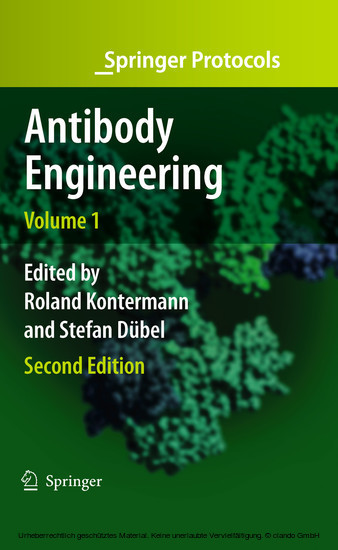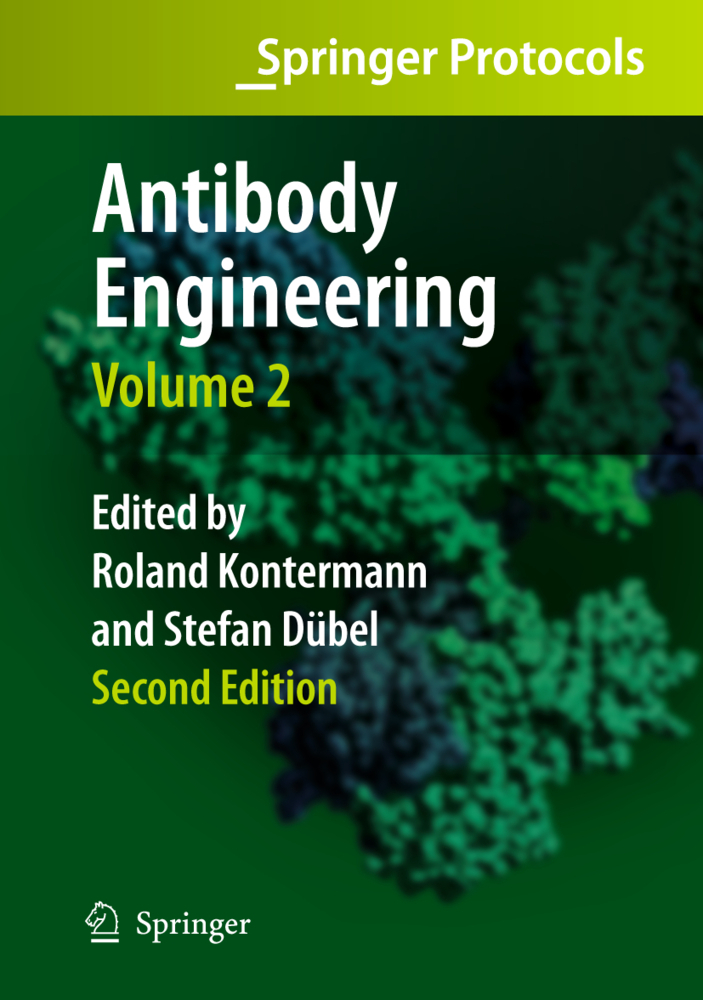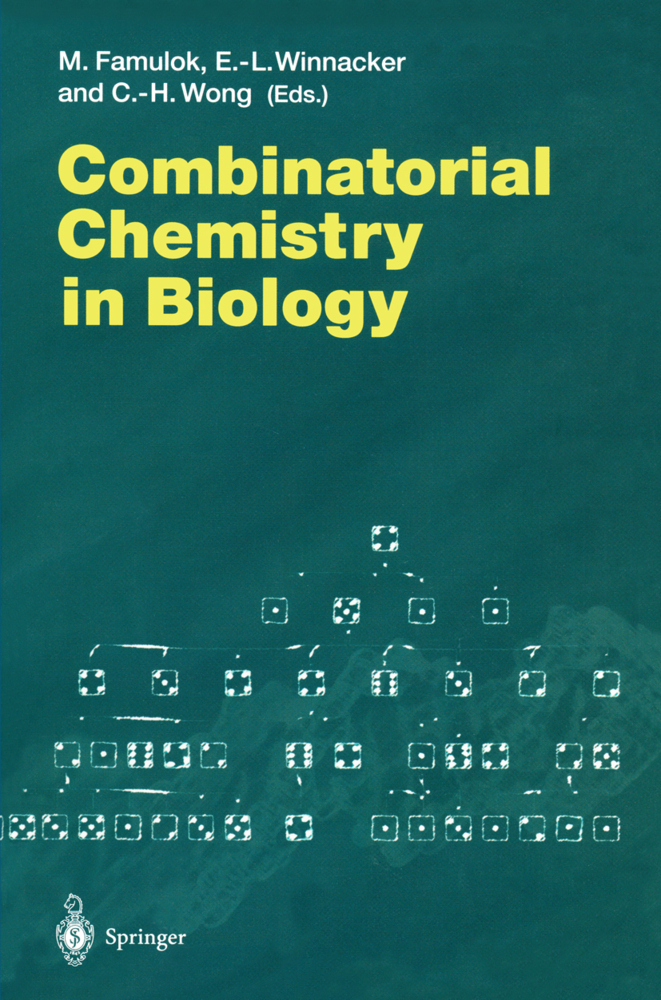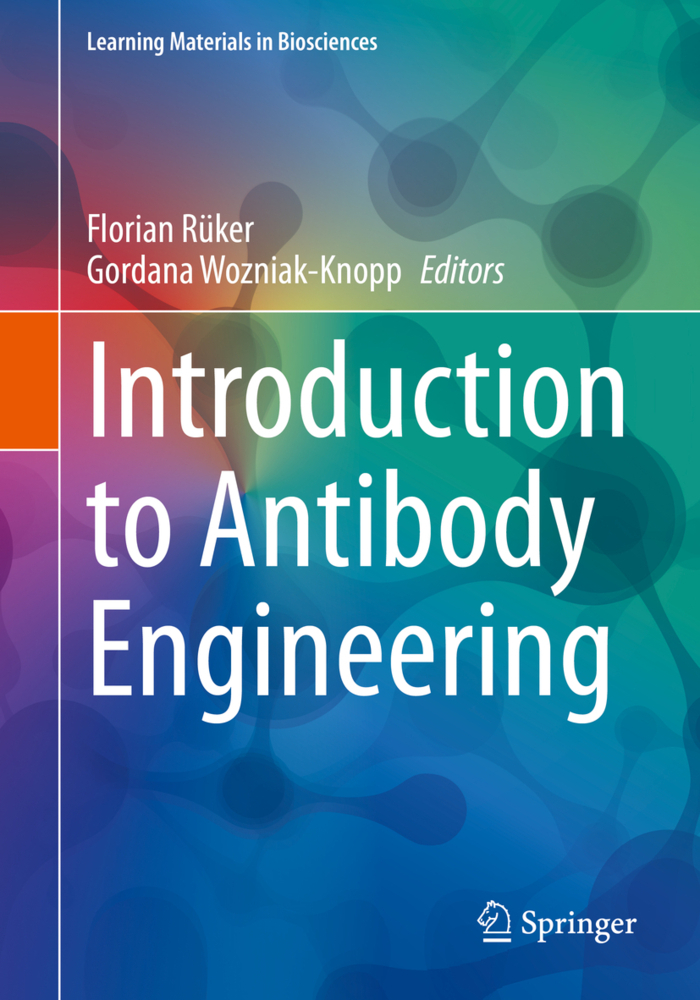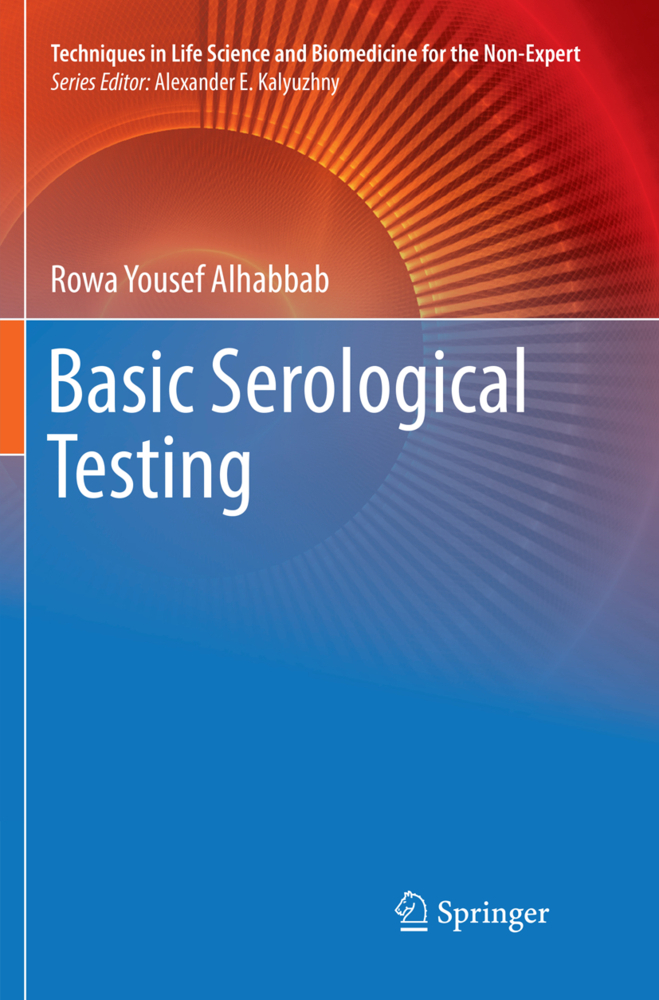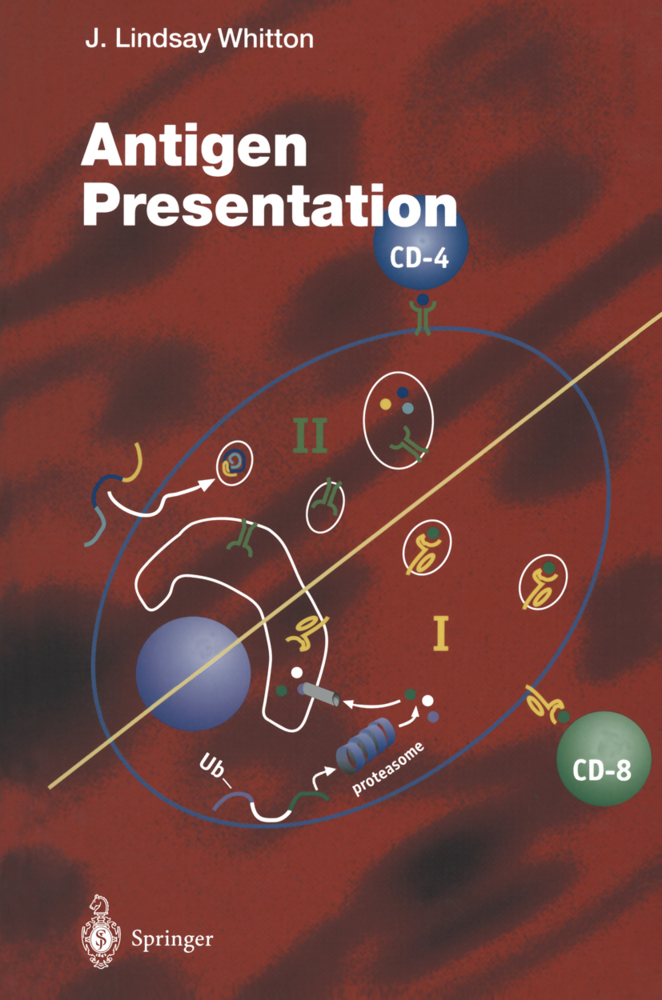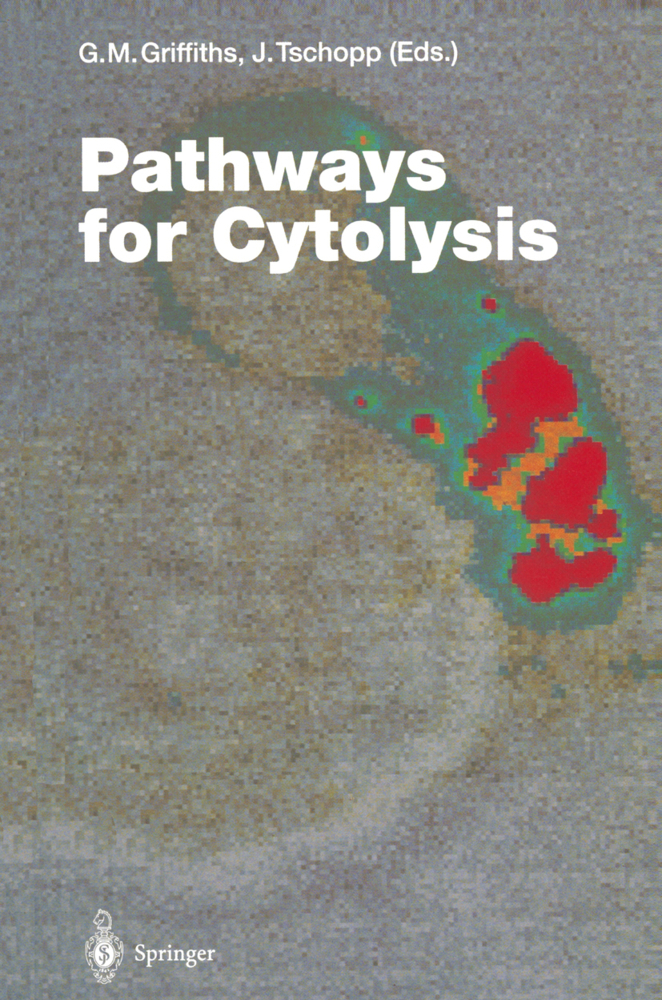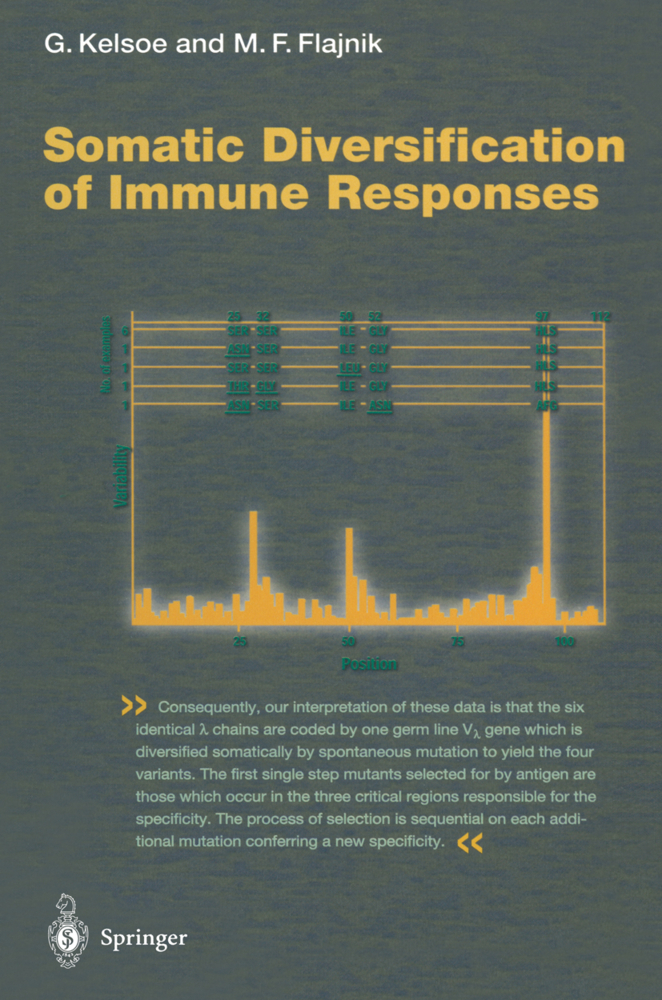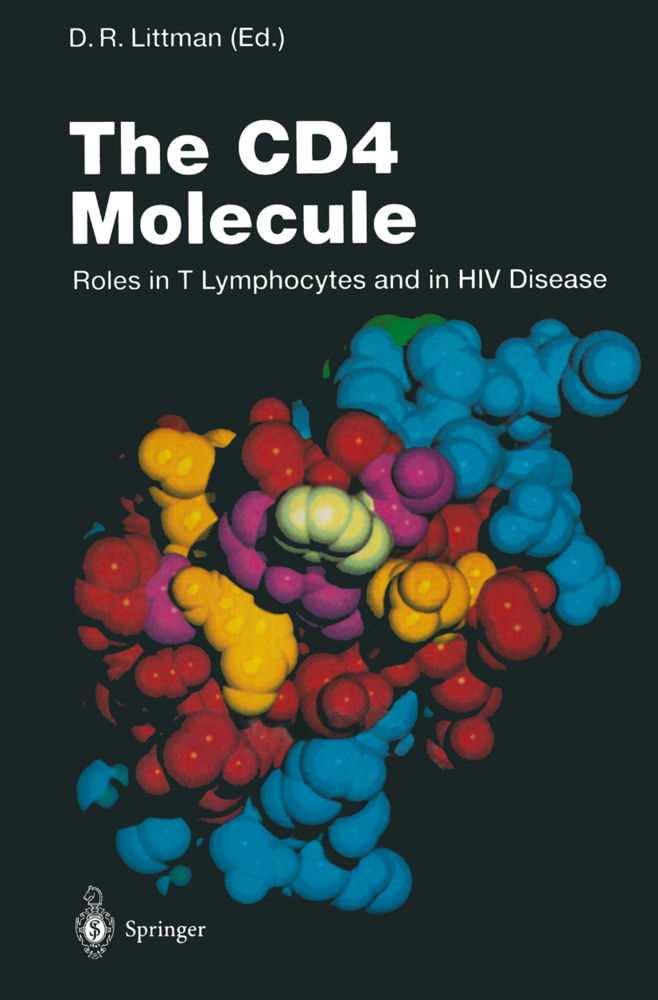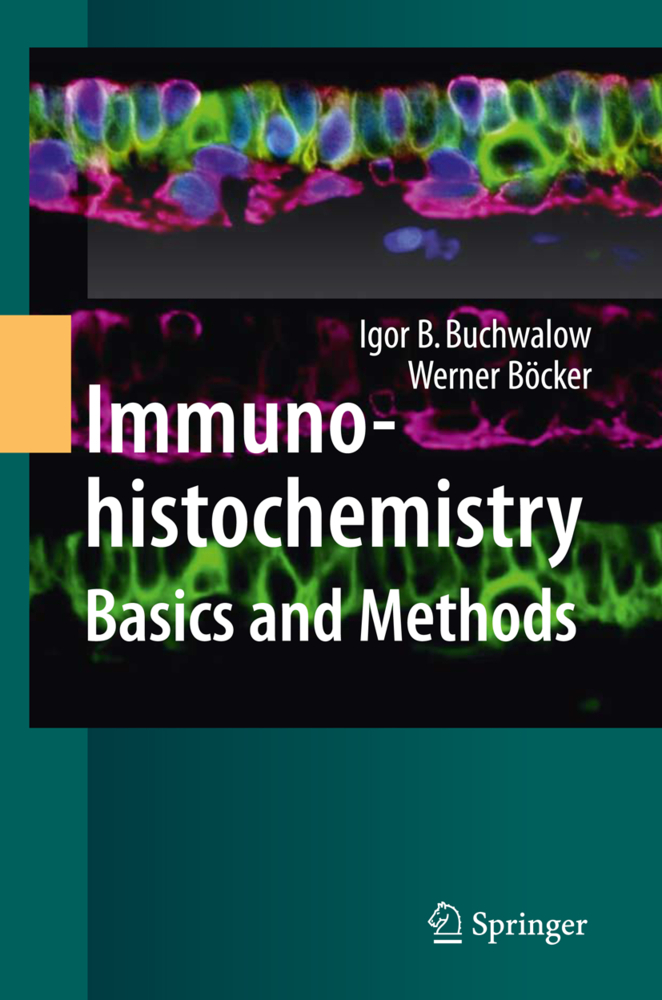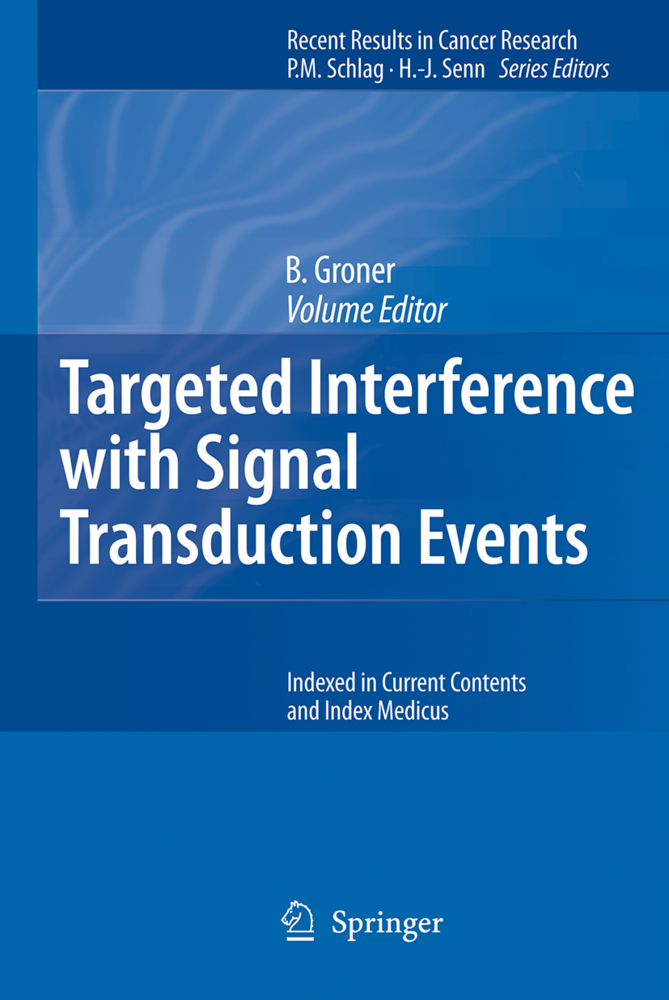Antibodies are indispensable tools for research, diagnosis, and therapy. Recombinant approaches allow the modification and improvement of nearly all antibody properties, such as affinity, valency, specificity, stability, serum half-life, effector functions, and immunogenicity. "Antibody Engineering" provides a comprehensive toolbox covering the well-established basics but also many exciting new techniques. The protocols reflect the latest "hands on" knowledge of key laboratories in this still fast-moving field. Newcomers will benefit from the proven step-by-step protocols, which include helpful practical advice, experienced antibody engineers will appreciate the new ideas and approaches. The book is an invaluable resource for all those engaged in antibody research and development. TOC:Part I Cloning of the Antigen-binding Site from Hybridoma (Chapter / Protocol 1 - 3), Part II Generation of Antibody Repertoires (Chapter / Protocol 4 - 8), Part III Selection of Antibody Fragments from Combinatorial Libraries (Chapter / Protocol 9 - 18), Part IV Engineering and Production of Immunoglobulins (Chapter / Protocol 19 - 30), Part V Antibody Characterization (Chapter / Protocol 31 - 50).
1;Foreword;5 2;Preface;6 3;Contents;7 4;Cloning of the Antigen-binding Site from Hybridoma;12 4.1;Cloning of Variable Domains from Mouse Hybridoma by PCR;13 4.2;Coning Hybridoma cDNA by RACE;25 4.3;Construction of scFv Fragments from Hybridoma or Spleen Cells by PCR Assembly;31 5;Generation of Antibody Repertoires;55 5.1;Mouse Immune Libraries for the Generation of ScFv Fragments Directed Against Human Cell Surface Antigens;56 5.2;Human Antibody Gene Libraries;73 5.3;Synthetic Antibody Libraries;93 5.4;Immune Libraries from Nonhuman Primates ( NHP);106 5.5;Generation of Rabbit Immune Libraries;122 6;Selection of Antibody Fragments from Combinatorial Libraries;131 6.1;Immunotube Selections;132 6.2;Phage Display and Selection in Microtitre Plates;143 6.3;Phage Display and Selections on Biotinylated Antigens;154 6.4;Phage Display and Subtractive Selection on Cells;168 6.5;Selection of Phage Antibody Libraries for Binding and Internalization into Mammalian Cells;186 6.6;Improving Phage Display Throughput by Using Hyperphage, Miniaturized Titration and pVIII ( g8p) ELISA;199 6.7;Yeast Display and Selections;209 6.8;The Generation of Transgenic Mice Expressing Human Antibody Repertoires;236 6.9;Selection of Antibody Fragments by Means of the Filter- Sandwich Colony Screening Assay;256 6.10;Semi-automated Magnetic Bead-Based Antibody Selection from Phage Display Libraries;268 7;Engineering and Production of Immunoglobulins;289 7.1;Aspects of Isotype Selection;290 7.2;Generation of Heavy and Light Chains ( Chimeric Antibodies);306 7.3;Humanising Antibodies by CDR Grafting;317 7.4;Humanization by Resurfacing;338 7.5;Human Antibodies by Guided Selection;351 7.6;In Silico De-Immunization;365 7.7;Affinity Maturation by Chain Shuffling and Site Directed Mutagenesis;373 7.8;Affinity Maturation by Random Mutagenesis and Phage Display;393 7.9;Engineering of the Fc Region for Improved PK ( FcRn Interaction);406 7.10;Antibody-Dependent Enzyme Prodrug Therapy ( ADEPT);426 7.11;Production of Recombinant Human IgG Antibodies in the Baculovirus Expression System;447 7.12;Expression of IgA Molecules in Mammalian Cells;465 8;Antibody Characterization;481 8.1;Expression of Complete Antibodies in Transgenic Plants;482 8.2;Expression of Full Length Monoclonal Antibodies ( mAb) in Algal Chloroplast;496 8.3;Expression of IgG Antibodies in Mammalian Cells;510 8.4;Protein A/G Chromatography;523 8.5;Epitope Analysis Using Synthetic Peptide Repertoires Prepared by SPOT Synthesis Technology;528 8.6;Epitope Mapping by Printed Peptide Libraries;563 8.7;Antibody Epitope Mapping Using Yeast Display;580 8.8;Size Exclusion Chromatography;595 8.9;Structural Characterization of Antibodies by Mass Spectrometry;601 8.10;Antibody Glycans Characterization;623 8.11;Affinity Measurements by Competition ELISA;645 8.12;Anti-Histidine Antibodies as Tools for Reversible Capturing of His- Tagged Fusion Proteins for Subsequent Binding Analysis;654 8.13;Affinity Measurements Using Quartz Crystal Microbalance ( QCM);669 8.14;Affinity Measurements with Radiolabeled Antibodies;680 8.15;Neutralization Tests;690 8.16;Functional Characterization of Antibodies Neutralizing Soluble Factors In Vitro and In Vivo;708 8.17;Competitive ELISA;723 8.18;Quantification of Human IgG and Related Fc Fusion Proteins by a Human IgG/ Fc Capture ELISA;727 8.19;Determination of Fc-Mediated Antibody- Effector Functions by Chromium Release Assay;733 8.20;Binding Studies with Flow Cytometry;748 9;Index;763
Kontermann, Roland
Dübel, Stefan
| ISBN | 9783642011443 |
|---|---|
| Artikelnummer | 9783642011443 |
| Medientyp | E-Book - PDF |
| Auflage | 2. Aufl. |
| Copyrightjahr | 2010 |
| Verlag | Springer-Verlag |
| Umfang | 788 Seiten |
| Sprache | Englisch |
| Kopierschutz | Digitales Wasserzeichen |

